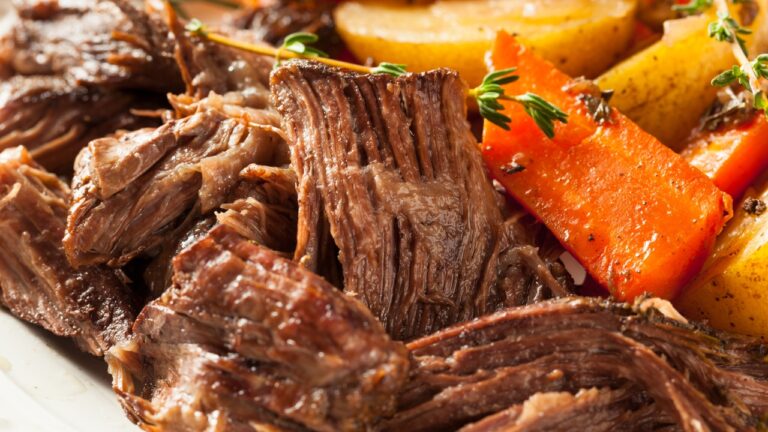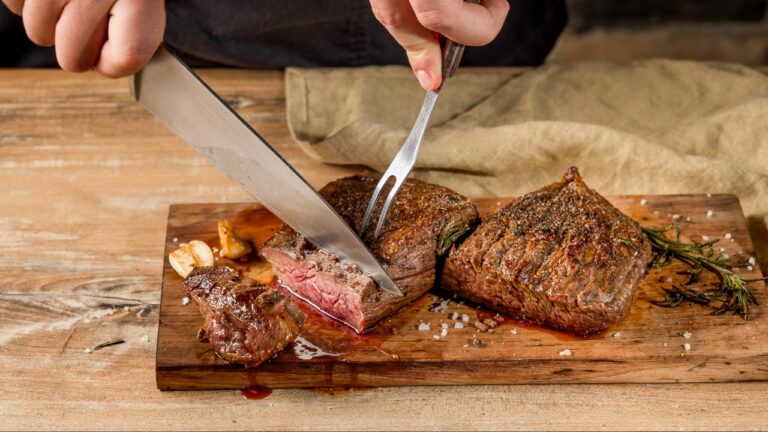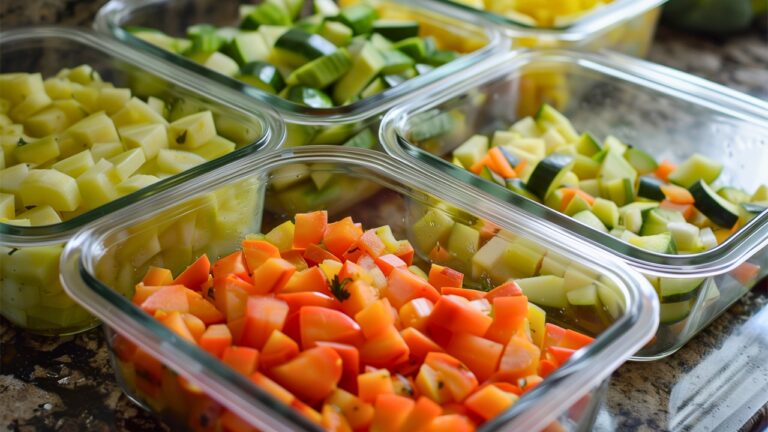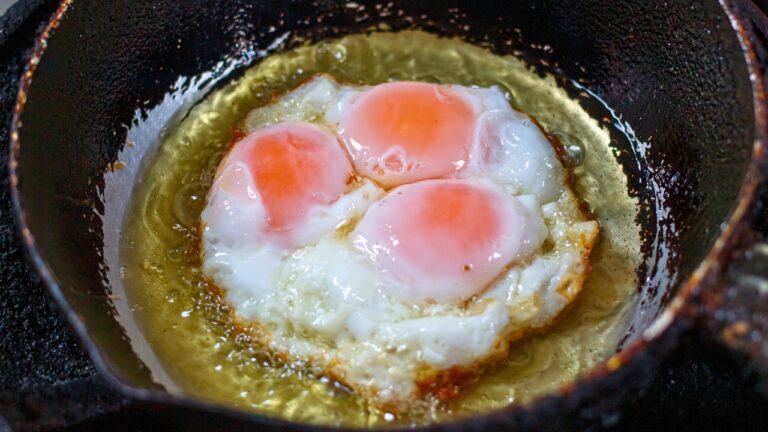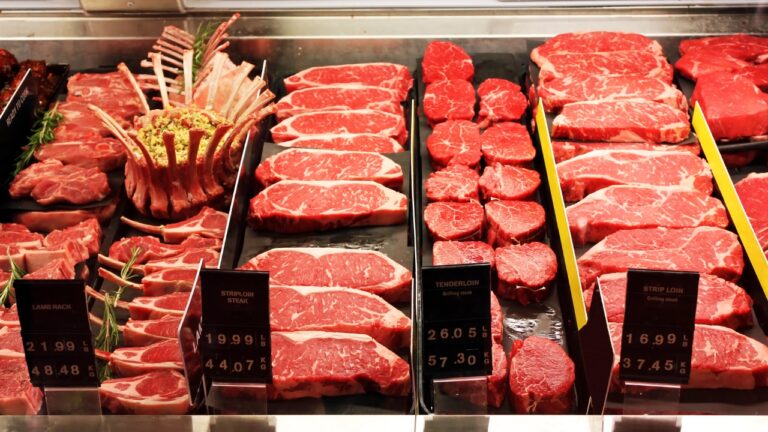10 Myths About Cooking That Are Totally Wrong
Cooking is one of those things where everyone has advice to share—your grandma, your neighbor, even that one friend who doesn’t actually cook. Some tips stick around forever, like they’re kitchen gospel, but a lot of them are flat-out wrong. And yet, we all fall for at least a few of them.
Whether it’s searing steak to “seal in juices” or the idea that dropped food is fine if you grab it fast enough, these myths can make cooking way more complicated than it needs to be. Let’s cut through the noise and get to the truth. Because once you know what’s real and what’s not, cooking gets a whole lot easier—and way more fun.
Searing Meat Won’t Lock in Juices
Let’s clear this up: searing your steak doesn’t magically trap its juices inside. What it does do is give you that tasty, crusty layer that makes steak so good. Whether you sear it first or last, your meat will still lose moisture while cooking—around the same amount either way.
If you want your steak to stay juicy, the trick is cooking it just right and letting it rest before slicing. Searing is all about flavor, not some secret juice-sealing trick. So go ahead, crank up the heat and get that crusty goodness.
The Five-Second Rule Isn’t a Thing
We’ve all done it: dropped a snack and thought, “Eh, five seconds, it’s fine.” But here’s the truth—germs don’t have a timer. The moment food hits the floor, it’s already picked up whatever’s hanging out down there. Sticky foods are even worse because they grab more bacteria.
Sure, it’s tempting to save that last cookie, but it’s not worth the risk of a stomachache—or worse. Let it go, clean up the floor, and grab another snack.
Don’t Drain the Fat From Ground Beef
For years, recipes have preached about draining fat from ground beef, but here’s the deal: fat equals flavor. That rendered fat adds richness and depth, especially if you use it to sauté your veggies for the dish. Tossing it out not only wastes flavor but also takes away some of the magic that ties the meal together.
If you’re worried about excess grease, you can always skim a little off. But don’t pour it all down the sink (literally or figuratively). Let the fat work for you—your taste buds will thank you.
Avocado Pits Don’t Keep Guacamole Green
It’s tempting to believe the avocado pit trick, but it’s not doing what you think. Guacamole turns brown because of exposure to air, not because it’s missing its pit buddy. The best way to keep it green is to press plastic wrap directly on the surface, creating a barrier between the guac and the air.
If you’re out of plastic wrap, try smoothing a thin layer of water or lime juice over the top before sealing the container. Either way, skip the pit—it’s not the hero here.
Salted Butter Can Be a Game-Changer
Recipes love to specify unsalted butter, but don’t let that stop you from reaching for the salted kind. Salted butter adds an extra punch of flavor, especially in sweet baked goods. That slight hint of salt balances out the sugar and brings everything to life in a way unsalted butter just can’t.
If you’re worried about oversalting, cut back on added salt in the recipe. But honestly, salted butter often just makes everything taste better—go ahead and try it for yourself.
The White Stuff on Salmon Isn’t Fat
When that white gunk oozes out of cooked salmon, it’s easy to assume it’s fat, but it’s actually protein. Known as albumin, it’s a natural part of the cooking process and totally harmless. It can look unappetizing, but it doesn’t affect the taste.
To minimize it, try cooking salmon at a lower temperature or brining it before baking. The slower cooking process helps the proteins stay put, leaving your salmon looking as great as it tastes.
Slamming Doors Won’t Ruin Your Cake
If you’ve been tiptoeing around the kitchen while your cake or soufflé is baking, you can relax. Cakes and soufflés rise because of tiny air bubbles expanding in the heat of the oven, not because you whispered sweet nothings while they baked. Slamming the oven door might feel dramatic, but it won’t deflate properly prepared batter. A solid foam structure in your mix is resilient, so no need to shush everyone while your masterpiece is in the oven.
The real secret to keeping your cakes and soufflés perfect? Focus on the mix and your oven temperature, not noise levels. So go ahead—bake without the stress of turning your kitchen into a silent retreat.
Bread Doesn’t Go Stale From Drying Out
It’s easy to think stale bread just “dries up,” but the science is more interesting. Bread stales because starch molecules in the bread start to crystallize, soaking up moisture and giving it that hard, crumbly texture. It’s not about losing moisture; it’s about those sneaky starches locking it in the wrong places.
If you’re drying bread for stuffing or breadcrumbs, stick it in the oven. That method forces the moisture out instead of letting the starches take over. Stale bread is a different beast, so plan accordingly when it comes to leftovers.
Salt Won’t Speed Up Boiling Water
Ever been told to toss salt in your water to make it boil faster? It sounds good, but it doesn’t hold up in reality. To actually make a difference, you’d need to add so much salt that your pasta would taste like the ocean. A sprinkle for flavor won’t change the boiling time at all.
Instead, stick to salting your water to season your food—not for speed. It’s about taste, not time. So, no need to go overboard; a tablespoon or so will do the job perfectly.
Cooking Wine Doesn’t Lose All Its Alcohol
Cooking with wine adds depth to your dishes, but don’t assume the alcohol completely disappears. Even after simmering for hours, a small percentage of alcohol—about 5%—sticks around. It’s because alcohol and water create a mix that boils off at the same time, making it impossible to fully evaporate the alcohol without losing all the liquid.
If you’re cooking for someone avoiding alcohol entirely, opt for non-alcoholic wine or a substitute like grape juice or broth. Otherwise, that tiny bit left behind is usually not a concern.



